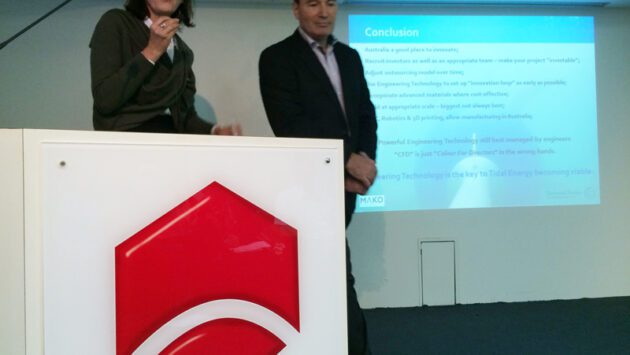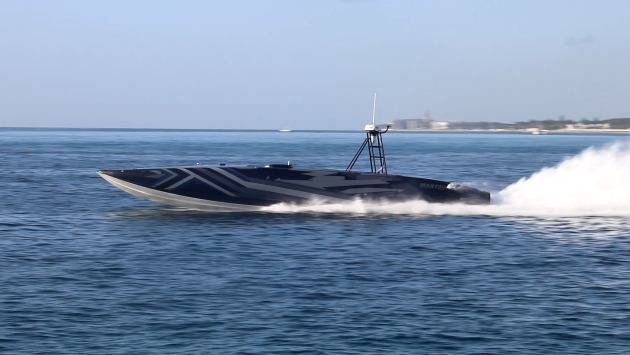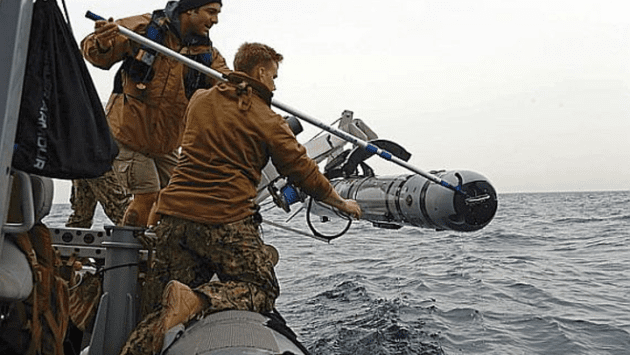Acoustic Doppler Current Profilers
Widespread Applications Stem from Diverse Measurement Capabilities.
Rather than a spinning propeller, the Acoustic Doppler Current Profiler (ADCP) – like dolphins and bats – uses sound to explore its environment. Operating underwater, the method works like hand-held radars used by police to catch speeding motorists.
A sound burst is emitted by the ADCP along beams angled downward. Echoes are returned due to scattering off particles carried by water currents. A second burst can be used to track movement over the seabed. By analysing these sound echoes, the ADCP makes four different measurements at once.
1. Speed and direction of water currents at many levels through the water depth–a ‘current profile’
2. Spatial distribution of sediments or plankton carried by the water (e.g., a sediment plume)
3. The ADCP speed-over-ground and path of travel (revealed by echoes scattered from the bed)
4. Range to boundary. This can be water depth (like an echo sounder) or, when the ADCP’s beams are directed upward, range to surface. The latter provided a new way to measure surface waves.
This collective of data types used individually and together permits a single ADCP to make a diverse range of measurements.
Read more about the widespread applications of ADCP technology at this website published by Teledyne RDI ADCP guru Dr. Pete Spain:
For Magazine Articles: http://www.drpeetz.com/MagSelex/
For Case Studies: http://www.drpeetz.com/CSselex/
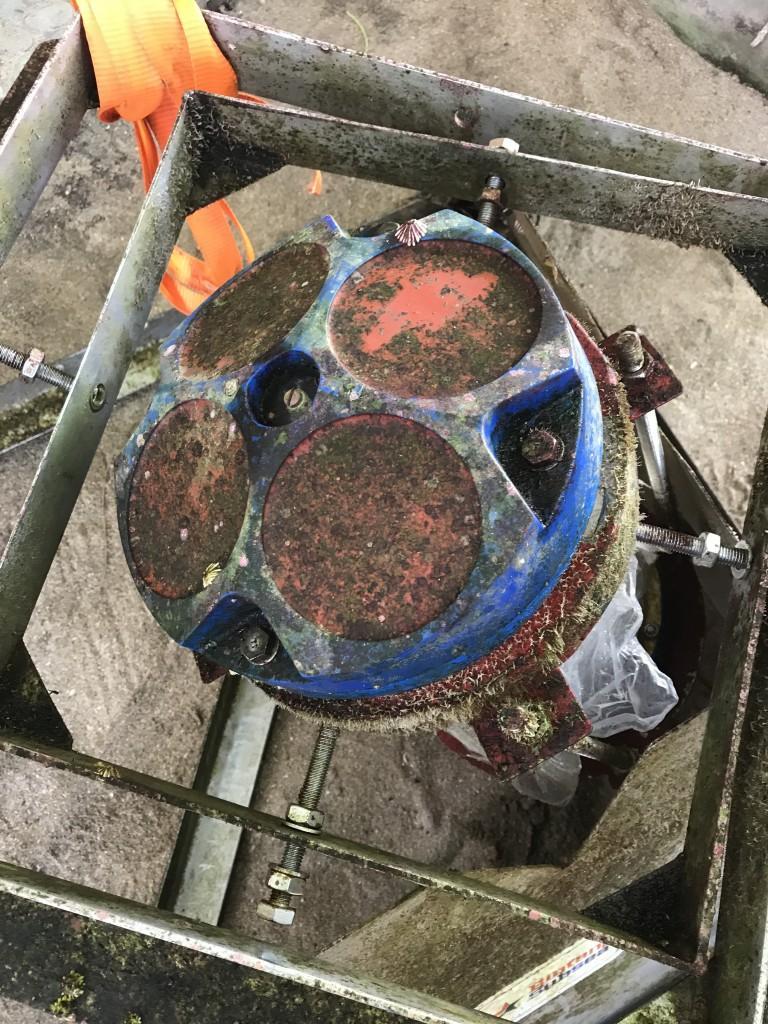 |
| A Teledyne RDI Workhorse 600 ADCP recovered after deployment in Indonesian waters. Biofouling on ADCP instruments can be eliminated for the life of the instrument using ClearSignal™ coating. https://bluezonegroup.com.au/clearsignal-coating/ |
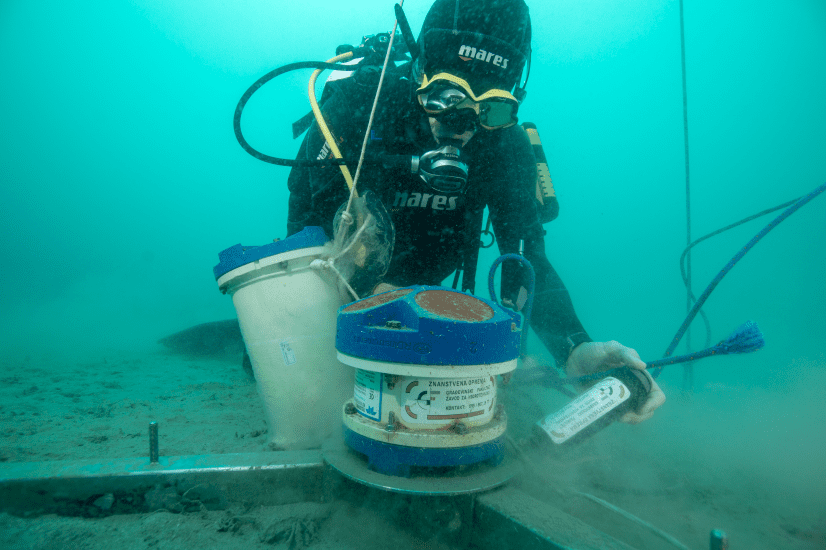 |
| A diver deploys a WAVES array that enables precision current profiling data and highly accurate multi-directional wave measurements as well. |

